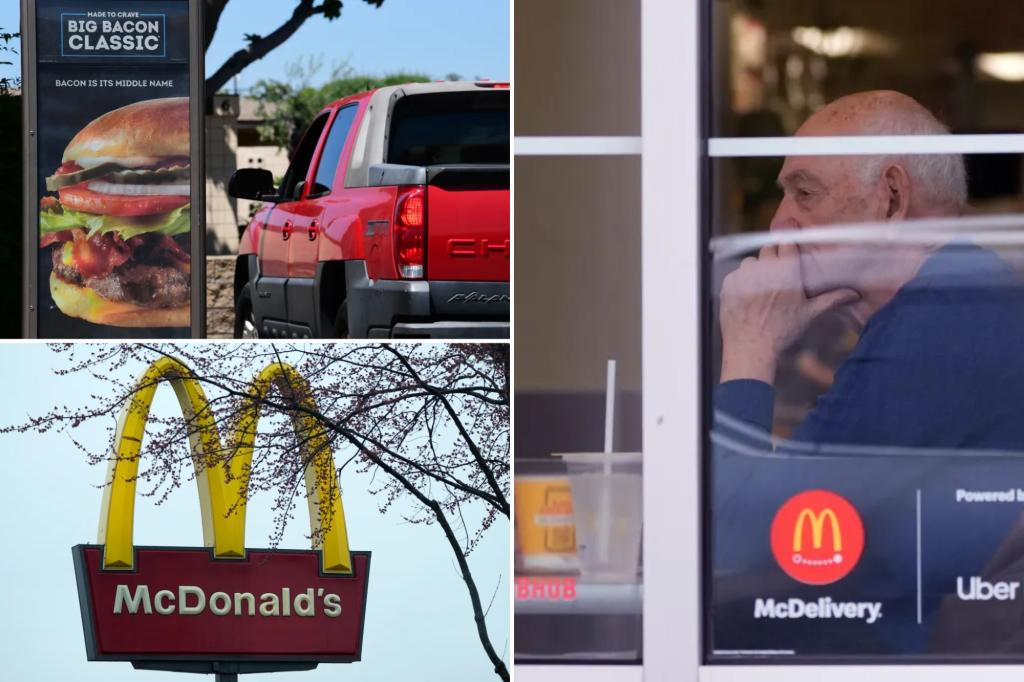Rising food prices in the US have impacted low-income consumers, with many choosing to cut back on eating out at fast-food joints and restaurants. The cost of food has increased 20% from Jan. 2021 to Jan. 2024, making it difficult for those earning less than $50,000 a year to afford regular meals out. A recent Household Pulse Survey revealed that half of people earning less than $35,000 a year are struggling to pay for everyday expenses due to the soaring prices, causing stress among the majority of this demographic.
Lauren Oxford, a part-time musician from Tennessee, is one of many low-income consumers who have had to adjust their spending habits due to increasing fast food prices. Formerly a regular at McDonald’s, she has had to cut back on her purchases at the chain as prices have risen. Despite efforts by fast-food companies to attract budget-conscious customers with deals and value menus in the past, low-income consumers are less likely to spend on eating out in the current economic climate.
Chains like McDonald’s, Wendy’s, and Subway are now focusing on using app-driven discounts and value menus to appeal to low-income consumers who might be looking for cheaper alternatives to eating out. McDonald’s CEO Chris Kempczinski has emphasized the importance of appealing to consumers making less than $45,000 a year, while Wendy’s has introduced limited-time $1 burgers available only through its app. These strategies, aimed at retaining customers and capturing valuable consumer data, are increasingly becoming a priority for fast-food companies.
Loyalty apps are now a key strategy for major fast-food chains to retain customers and increase spending. McDonald’s, for example, frequently offers app discounts like 20% off an order or free delivery with a minimum purchase. Domino’s CEO Russell Weiner has also focused on making the brand more accessible to lower-income consumers by reducing the minimum purchase price and the number of purchases needed to earn rewards in their loyalty program.
While some chains, like Taco Bell, have seen success in low-income markets despite rising food prices, others have faced challenges in maintaining business with this demographic. The shift towards app-driven discounts and focused value menus could help fast-food chains attract and retain low-income customers in the face of runaway prices. As more consumers continue to struggle with everyday expenses, offering affordable options and discounts through digital platforms may be the key to remaining competitive in the fast-food industry.


